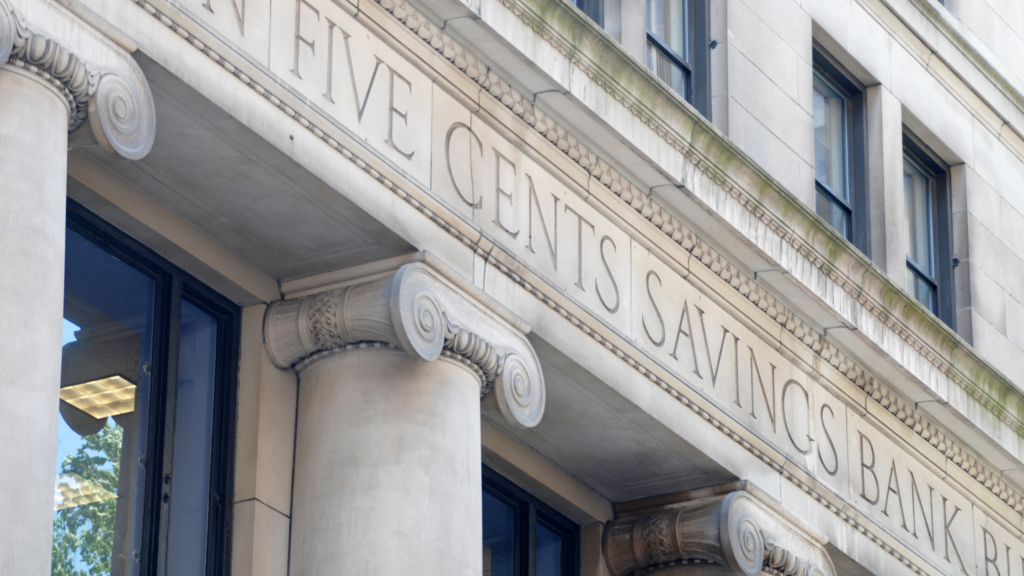If you have accumulated more money in your business checking account than you really need for daily operating expenses, that is a nice problem to have! It’s time to consider putting that money to work. A business savings account might be your answer. Every bank is different when it comes to the features and benefits of their business offerings. Here is a list of some of the items to consider asking your banker.
1. Is your checking account interest-bearing, and if so, how does the interest rate compare to a business savings account interest rate?
2. Is there an initial minimum deposit to open the savings account?
3. What are the monthly fees for each type of account?
4. What minimum balances are required in both checking and savings accounts so that fees are waived? And, is it worth it to keep minimum balances?
5. Are there withdrawal limits?
6. What are the other benefits of having a business savings account?
7. Is my money FDIC-insured, and if so, what is the cap?
Often, a bank will tie the checking and savings accounts together, and there will be a combined minimum balance that is lower than if either account was separate. For that reason, having your checking and savings accounts in the same bank might be more effective. Other common benefits include waiving overdraft fees, wire transfer fees, and NSF charges. There are other types of interest-bearing accounts besides savings accounts, including money market accounts and certificates of deposits (CDs). Money market accounts may have check-writing privileges, but the withdrawals may be limited. While CDs typically pay a higher interest rate than a savings account, they tie up your money for a specified period of time, and there are steep early-withdrawal penalties.
There are many institutions besides your main bank that are focused on savings accounts and will pay much higher interest rates. Typically, online banks and credit unions will pay a higher interest rate than a bank, but the money may not be FDIC-insured, so be sure to read the fine print.
An additional benefit of keeping money in a separate savings account is that you can save for many things:
● A cushion for emergencies.
● Lump sum tax payments.
● Future capital expenditures.
Once you’ve set up your new savings account, consider setting up monthly automatic transfers from your checking account to your savings account so that you build up your savings balance.
Make sure your business cash works as hard as you do in your new savings account. Learn how you can save time and money by having Team One Accounting help you with your
bookkeeping needs! Give us a call to schedule a FREE 30 minute consultation or a 2 hour training session with us today!




